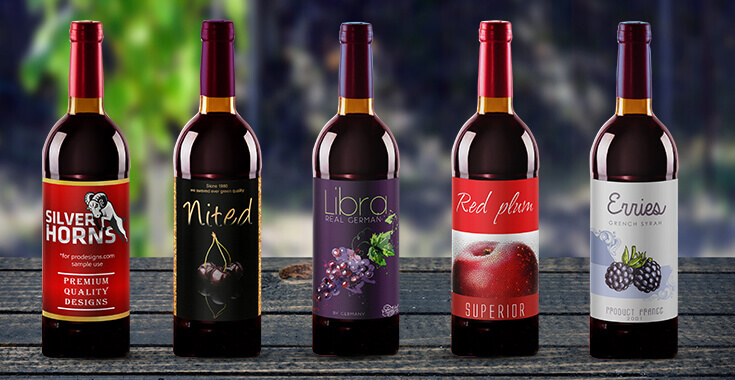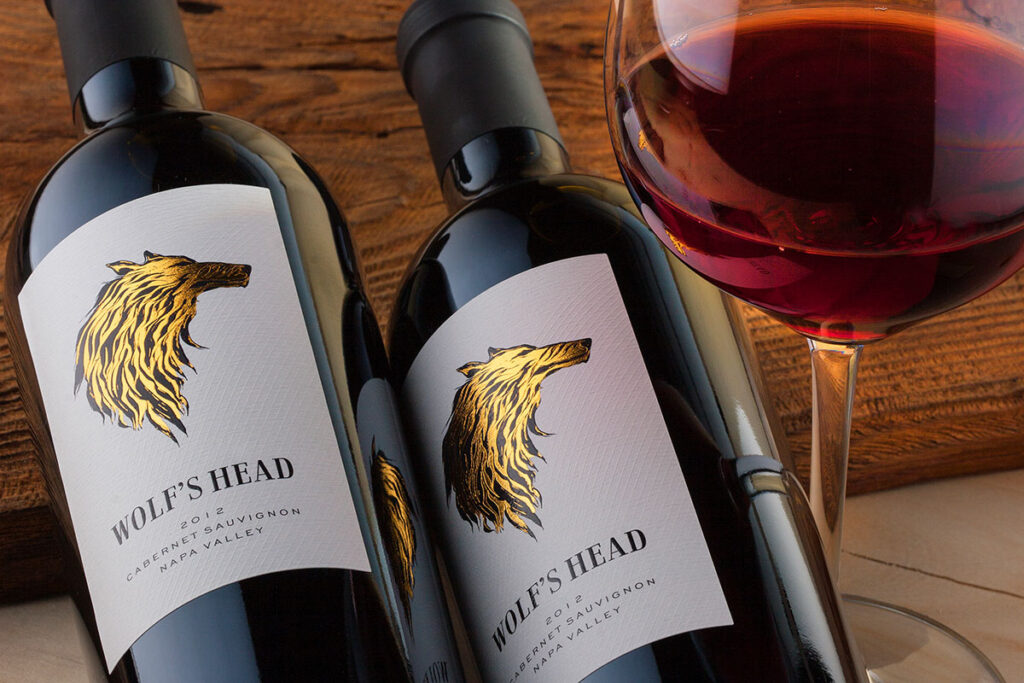If you have the task of choosing the Wine Label Design at the next meeting with friends or family, at the time of choosing the bottle two situations can occur when reading the wine label, which is a mere walk because we are clear about what we want and the label communicates it clearly or that it becomes a labyrinth of terms that end our patience and finally we get carried away by the brand or design of the wine bottle.
Unlike other foods or consumer products, wine bottles offer a wide range of details on the origin, the vintage, the wineries, the alcoholic content, the tasting notes, the regulatory council …
Identifying elements of a Wine Label Design
When choosing a bottle of Wine Label Design we can look at the following details, which are usually located on the main label of the bottle, however, according to each case we will also find them on the back:
Brand or trade name:
It is usually the name by which we recognize all wines, sometimes it can be the name of the winery, for example, Cortijo de Los Aguilares, but in most cases, they are usually names that seek to convey the characteristics and/or wine sensations such as Villano, a young red wine from the Viña del Cénit Wineries.
Denomination of origin:
It is a geographical indication that applies to wine, and any agricultural product or food, in order to distinguish and guarantee the quality and characteristics of the product. The appellation of origin offers us information about its origin and the advice that regulates it to offer us greater guarantees about the Wine Label Design we are consuming.
Vintage or year of the harvest:
It indicates the year of the harvest of the vine, an important fact in the wine since the prevailing weather in the area during the vintage year can greatly affect the quality of the wine both for good and for evil. In addition to the year, this data will be accompanied by aging, that is, the time that the wine was kept inside the barrel or in the bottle. For example, a 2013 Otazu Chardonnay Young Wine is not the same as in 2014.

Winery or bottler:
It shows us the main data about the bottler or the winery responsible for the wine (name, registration, location …).
Variety of the grape:
In Spain and the world, a wide variety of grapes are used for the production of Tempranillo, Toro, Garnacha, Sauvignon Blanc wine … each with its own characteristics, usually native to the area, which makes the sensations that we transmit each Wine Business to the nose and the palate are unique, together with the year of the harvest and its aging.
Alcoholic graduation:
It indicates the percentage of alcohol that the wine contains and gives us clues about its body, the higher the alcoholic degree the greater the body will have, usually over 14%, wines with lower graduation, around 11%, they will be lighter and easy to drink.
Amount:
It is the amount of liquid that the bottle contains, usually expressed in milliliters or centiliters. The standard wine bottle has 75cl, although there are other formats such as the 1.5l magnum for special editions such as the 12 Linajes Reserva Magnum 2009 wine.
In addition to these data, on the back of the bottle, we usually find more details on the tasting notes, pairing, service suggestions and the official seal of the Regulatory Council is always included to have greater guarantees on the Wine Label Design we are going to consume.
We hope that with these details it will be easier for you to read any wine label to always make the best choice and continue enjoying the good wines. Remember that in the Decantare online store, we usually highlight all these data in the file of each wine to facilitate your reading:






